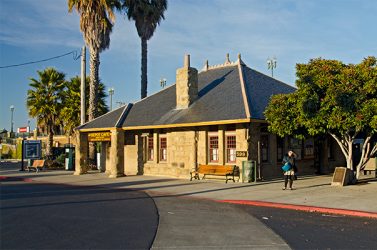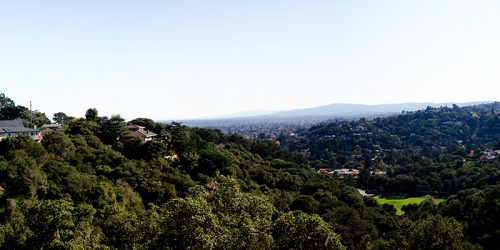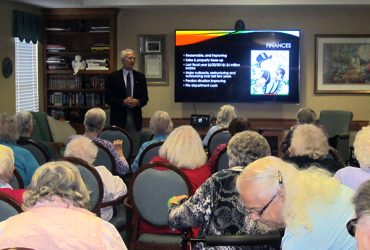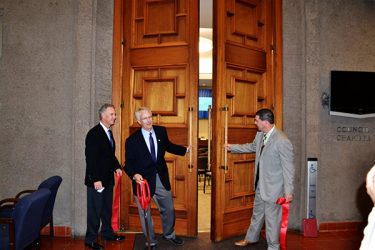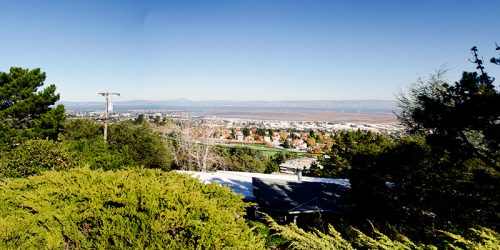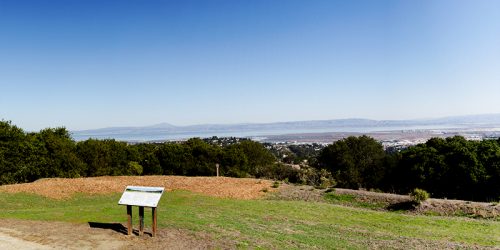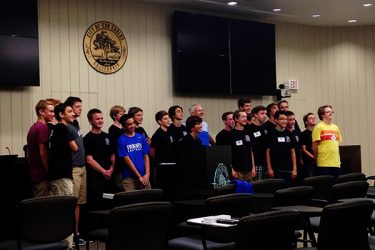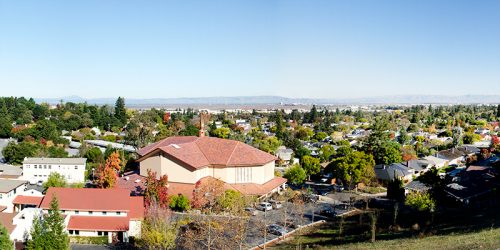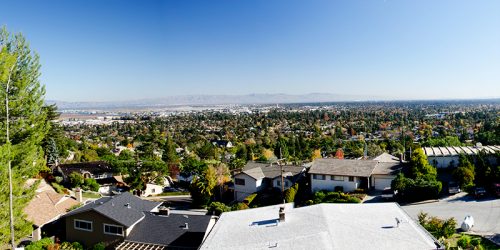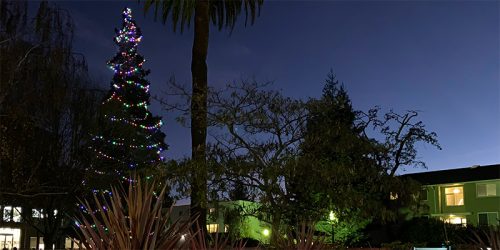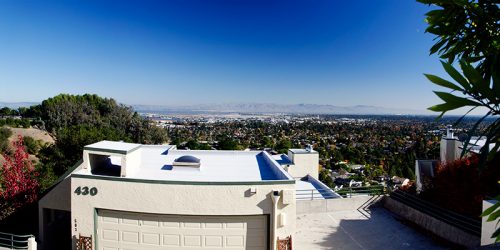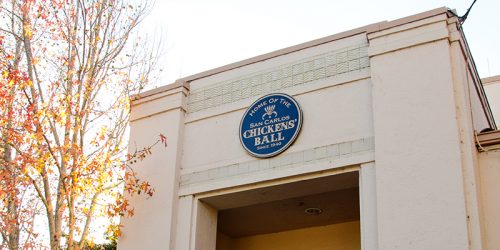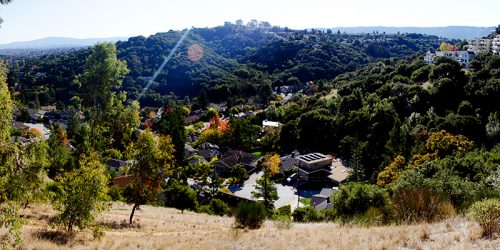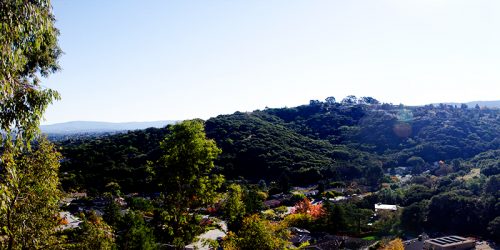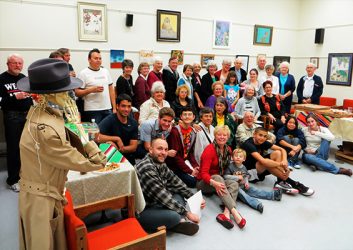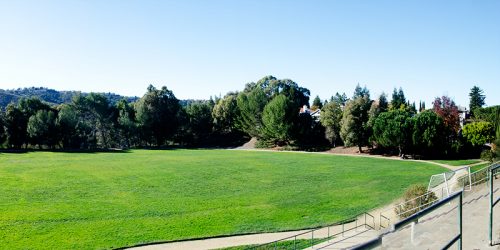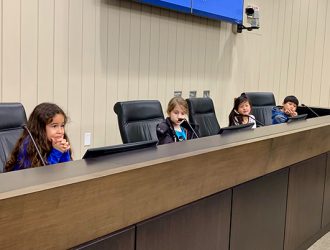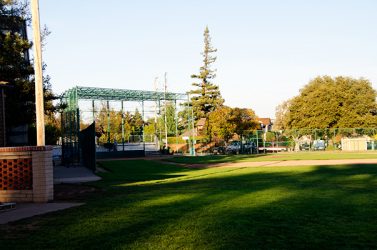Last night the Council approved a reduced scale Transit Village on a 4 to 1 vote. I was the dissenter, primarily because I believe the Council should have honored the recent election and made its decision after Cameron Johnson is seated in December. The Transit Village and its associated impacts, after all, was a huge election issue throughout San Carlos.
That said, and while I believe the approval left money on the table — in other words, San Carlos could have gotten a better deal, particularly as regards affordable housing — I’m generally okay with the decision.
But there are a number of important things the Council must still do to safeguard the interests of our community. There are also some lessons we should draw from how the decision was made so that we make better decisions in the future.
Moving forward, the Council needs to ensure the key concerns of our eastside neighbors are addressed. While some of these are dealt with in the project’s approval, others are not. Examples of the latter include:
- ensuring the developer fees associated with supporting parks actually get spent to improve Laureola Park, sure to be an important recreation destination for Transit Village residents;
- resolving the trash/garbage issues involving the train tracks and train depot; and,
- moving the shuttle and taxi pickup/drop-off areas to El Camino Real.
Of broader, city-wide significance, we must fix the Holly Street traffic problem. Congestion on Holly between El Camino Real and US 101 is already terrible — even at lunch time, let alone during rush hour — and will only get worse with the advent of the Palo Alto Medical Facility, the Transit Village, and, hopefully, the Wheeler Plaza project. Multiple Councils have talked about this, and made half-hearted attempts to address it, for many, many years. It’s past time to take concrete steps to improve the situation.
What those will be remains to be seen. But I, for one, am not interested in just nibbling around the edges of this issue, as has been the case whenever it’s come up in the past. Our community deserves a robust solution — ideally multiple solutions — and the Council must not shy away from considering all realistic options.
We also need to ensure the final design of the Transit Village puts a good face on San Carlos. It will, after all, be a highly visible landmark along El Camino Real and Holly Street. Of particular significance, hopefully staff got the message last night that project heights must be kept down. If not, the Council needs to ensure we’re not affected by “height creep”. For example, after staff proposed eliminating a story from the southernmost building in the project, taking it from three stories to two, Legacy countered by asking to increase the height of each of the remaining floors until it was barely smaller than the original three story design. That request was rejected in the action taken last night. But similar issues could arise again.
Earlier I said I’m generally okay with last night’s action, although I believe the Council rushed the decision and thereby prevented the people’s voice from the recent election having a chance to be heard. But the decision would have been better — and San Carlos would have gotten a better deal — if the Council had been better informed about the project’s economics.
Throughout the extended review process Legacy kept asserting that downsizing the project, or requiring it to fund the full affordable housing requirement we’ve established, would jeopardize their economics. That’s not an insignificant assertion, because if the Council downsizes a project and makes it uneconomic the developer and/or property owner have a cause of action against the city. In fact, Legacy’s attorney pretty much threatened to sue us if the Council did not reduce the affordable housing obligation (which the Council essentially did last night; I was one of the two dissenting votes on that action).
But at no point in the project review were the economics thoroughly reviewed by the Council. There was some basic work done by a city consultant during the affordable housing discussion, but it didn’t really go anywhere. In effect, this left Legacy’s assertions unanswered. After I got frustrated enough by the lack of analysis to do my own — I used to do similar things for a living — I learned a number of important things. Such as:
- The construction costs referred to in Council discussions came not from Legacy, but from the city’s consultant. Which Legacy subsequently adopted in its presentations. I can only think of one good reason for a developer to adopt an outside consultant’s cost figures: those numbers overstate the construction cost, and so justify a bigger project to make the economics work.
- The commercial building, the southernmost one, added little to the project’s economics and may, in fact, have been a drag on Legacy’s economics. Which means the residential portion had to be bigger to make the numbers work. Granted, the city could use some more high-end office space. But we also wanted to manage the project’s size. Yet that trade-off never really surfaced in the Council discussions.
- There is a direct relationship between how much money Legacy has to pay SamTrans to lease the project site and how big a project Legacy has to build to make their numbers work. Those lease payments were described by the city’s outside consultant as being well above market. Which again means the project was potentially bigger than it needed to be. I understand SamTrans is under pressure to raise as much money as possible to subsidize their operations. But they’re also a public agency, and it feels odd for San Carlos to have to host a larger-than-needed project just so they can reduce their deficit. Not to mention a big part of their mission — and their pitch to voters to subsidize their operations through taxes — is that they serve the less advantaged. Yet again, this issue didn’t get much shrift in the Council discussions.
No doubt, being a former finance executive, questions about money and economics weigh more heavily on my mind than on my colleagues’. But in all the business development deals I was ever involved with in my private sector career, understanding the economics — particularly the economics of the organization with which you’re negotiating — was a vital part of the process.
I can only hope that in any future major project coming before the Council we do a better job of factoring the project economics into our decision-making. Failure to do so risks leaving money on the table, getting us a less attractive deal than we could otherwise negotiate.
